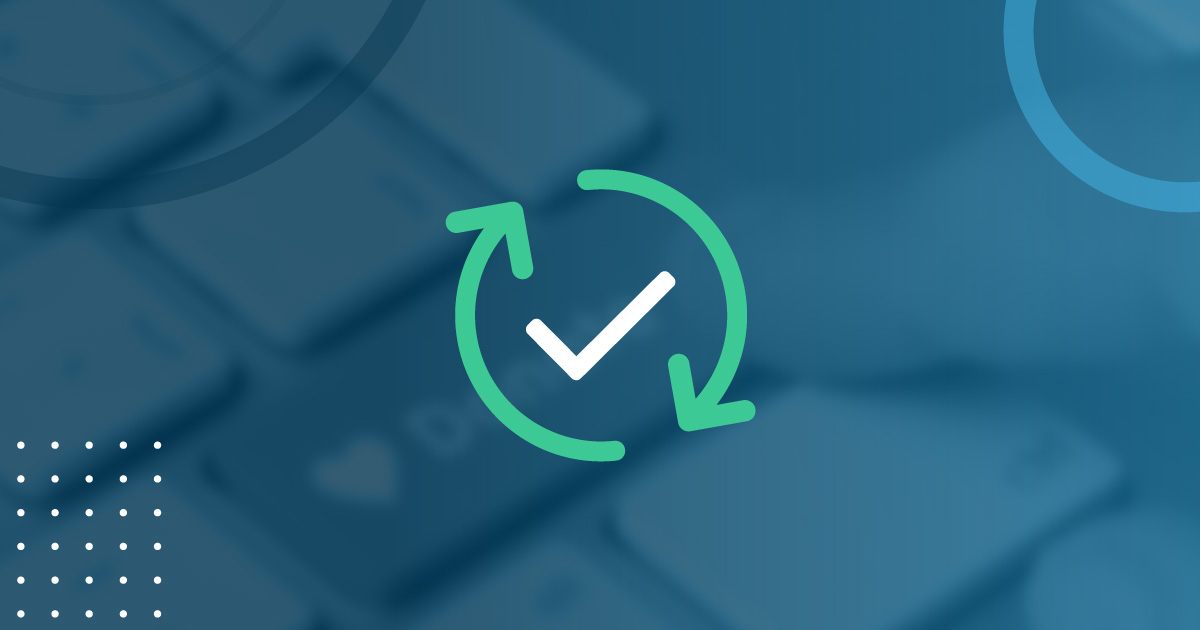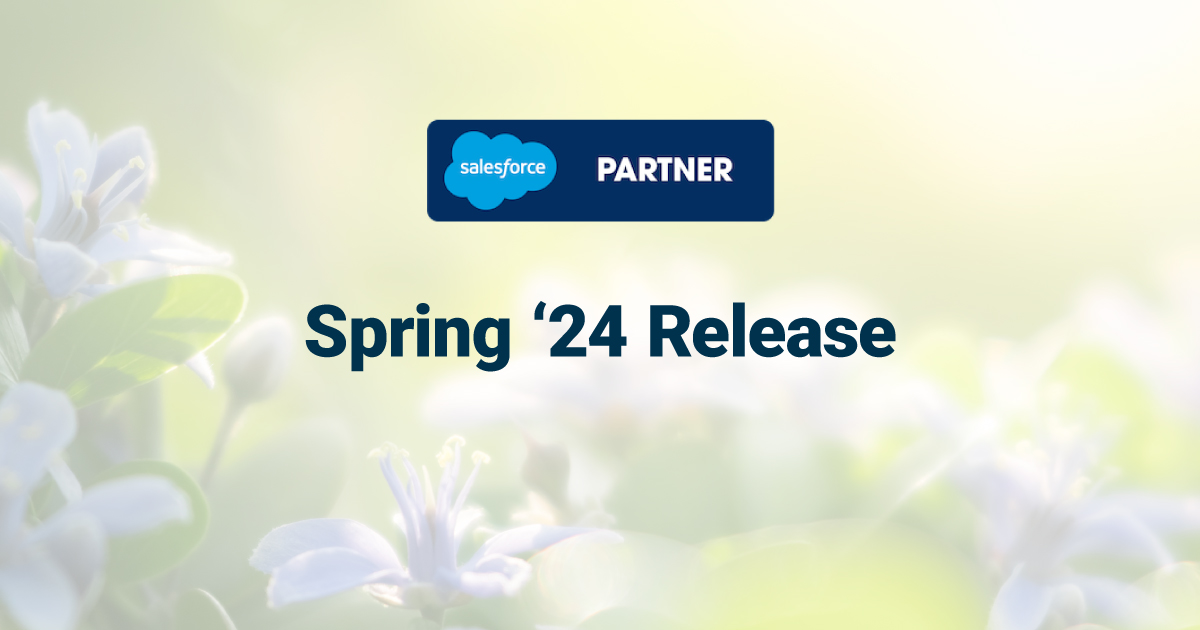Ten Tips for Defining Your Salesforce Training Strategy
Salesforce delivers one of the world’s most powerful CRMs. However, as with any system, the platform is only as good as its users. High-quality training accompanies every successful Salesforce implementation. Companies skipping user education never fully realize the platform’s benefits. This mistake impacts employee productivity and satisfaction, sales and service performance, and overall ROI. Training takes time and money, but foregoing training costs much more.
With hundreds of Salesforce implementations under our belt, the Galvin Technologies team has learned plenty about creating successful instructional programs. Here are our top 10 tips for defining a Salesforce training strategy.
Tip #1 – Start with Why
Best-selling author Simon Sinek writes that every company must start with “why,” which defines its purpose. The same applies to Salesforce implementations. The business and staff must understand why Salesforce is important. When training, do not assume the why is the same for all groups. Senior leaders may concentrate on revenue and cost reports. Managers may look for cleaner data and more efficient work processes. Frontline employees may focus on individual sales goals or customer satisfaction numbers. All contribute to the same outcome but motivate groups differently. Tailor the why to the audience. Gain user buy-in by ensuring they understand the need for change and how Salesforce helps them do their jobs better.
Tip #2 – Set Goals
Start with the end in mind and define what success looks like. Agree on the functional goals of the project. Consider how different roles operate inside the system and the data needed for each. Document key performance metrics and Salesforce’s intended contribution to meeting them. Examples might include deal values, customer satisfaction improvements, or lead pipeline growth. Understanding desired outcomes across various groups and ideologies shapes training strategy.
Tip #3 – Define the Who
Know the audience. If a Salesforce touchpoint exists, training is needed. Assess everyone directly operating in Salesforce and those outside the system impacted by Salesforce processes. Account for less obvious potential users like contract workers, interns, remote employees, and alternative shift operations. Most importantly, identify the training team responsible for ongoing staff education, fielding questions, and collecting system feedback.
Tip #4 – Plan for What
Clearly outline the work performed inside Salesforce and the impact on each user’s current day-to-day responsibilities. Know what processes are changing or being added for each position. Based on the users impacted, determine what type of training makes sense such as live sessions, updated documentation, or another tool.
Tip #5 – Making Training a Priority
Busy staff fall prey to “do-it-tomorrow” time management – only tomorrow never comes. With a Salesforce implementation, training is not a nice-to-have, it is a must-have. Training cannot be optional or ancillary. Require users attend training as scheduled. Offer employees a reprieve from emails and phone calls to focus solely on learning.
Tip #6 – Account for All Learning Styles
Everyone learns differently. Vary content to accommodate visual, auditory and kinesthetic learners. Strategies include reading materials, watching videos, conducting practice exercises, offering in-person training, and having group conversations.
Learners benefit from the Teach-Practice-Apply (TPA) model. Start by telling the user key information and showing examples. The learner then practices what was taught and applies it, often by demonstrating the learning to others.
Do not overload users with too much information. Focus training sessions on specific job duties and allow time for practice. Build a training schedule with breaks. Brain science shows our minds max out on learning at about 90 minutes. At that point, humans need a break for 15-20 minutes before jumping back into work.
Tip #7 – Manage the Content
Make training materials easily accessible. Create self-service options for 24/7 learning. Anticipate new questions over time. Salesforce’s Trailhead offers exceptional basic training on a variety of topics. Build an in-house content library around instruction absent from Trailhead. Update materials frequently. Salesforce does major releases three times annually that require user training. However, a company is likely to change much more often. Revisit training content often to keep up with business advancements.
Tip #8 – Monitor Performance
Salesforce has a motto: “If it isn’t in Salesforce, it doesn’t exist.” This translates to what gets measured gets managed. Compare user performance to the project “why” and goals. Identify what users are doing well and which need more training. Measure adoption through dashboards and reports by monitoring key activities users should be completing in Salesforce. Offer additional training and gradually remove employee’s ability to operate outside of the system until adoption reaches 100%.
Tip #9 – Offer Continuous Learning
Staff leave. People change roles. The business evolves. Training is never finished. This is good because learning opportunities empower employees and aid their professional development. In fact, businesses that prioritize staff development see a 104% improvement in median revenue per employee compared to companies that do not. Plan continuous basic and advanced instruction. Topics might include improving efficiency, managing data better, or leveraging new functionality. We recommend making learning fun. Try introducing gamification to the process. Create a growth mindset culture by offering learning contests, tracking Trailhead badges, and designating achievement levels. Celebrate user success.
Tip #10 – Collect Feedback
Create a way to solicit user feedback, preferably inside Salesforce. Actively speak with late or non-adopters to identify why they aren’t using Salesforce. It could be a time-wasting process or bad data, which is fixable, and may be the change needed to drive adoption. Listen to the user voice – it makes every Salesforce implementation better.
Salesforce represents a large operational and capital investment. Yielding the full return on that investment requires training. Luckily, businesses do not have to navigate the process alone. Galvin Technologies offers a full team of training experts skilled in developing instructional programs, educating users, and providing ongoing Salesforce support. Whether you are considering a switch to Salesforce or want to improve your adoption rates, we’re here to help. Let’s discuss how our team can help your company train its way to Salesforce success.













